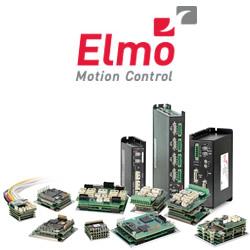Space Robotics - NextGen Revolution Arrives as a Service
Space robotics field deals with making of usual purpose machineries, which are able to sustain the harsh space environment, moreover to perform exploration, maintenance, development, and servicing, or several other activities, which might or might not be clear while manufacturing a robot.
Space robotics field deals with making of usual purpose machineries, which are able to sustain the harsh space environment, moreover to perform exploration, maintenance, development, and servicing, or several other activities, which might or might not be clear while manufacturing a robot.
The research report about the global space robotics market gives a detailed insight about the current and the past market scenario. This helps the clients and the reader to understand the situation better before investing in it. The report provides several driving factors fueling the growth of the market, certain restraints which are likely to hinder the market growth, market figure from a few years back and the upcoming expected ones, CAGR in terms of percentage, and the major regions that are contributing in the growth of the global space robotics market.
Increasing demand regarding satellite servicing, huge investments in the space exploratory activities, demand for on orbit assembly, and debris removal are among the major factors driving the demand for the global space robotics market. Innovative utilization of space robots in ground, deep space, and around the space from commercial and government sectors is foreseen to propel the growth rate in the span of coming years. Moreover, smart robots are used in several forms of dexterous manipulators, rovers, large manipulators, and free flyers in nations for example, Japan, Canada, and the U.S, Japan and some European countries.
Government policies by several high level space regulation authorities become the key factors foreseen to hamper the overall market demand in the forthcoming years.
The major utilization of space robots is in space transportation, space 3D-printing, space inspection and maintenance, and space exploration applications, anticipated to bolster the demand in global space robotics market in forthcoming years.
Geographically, the global space robotics market is led by North America region, with a steady CAGR within the forecast period. The growth is credited to the rising investments by key players in space exploration activities, and growth in exploratory activities by Canada and the US. Moreover, there is a growing demand for on-orbit assembly and manufacturing, satellite servicing, debris removal, coupled with advancement in technology in autonomous frameworks.
The growth is also credited to the surging demand regarding space robotics by government, commercial, organizations, defense firms, space agencies, and satellite service providers along with novel space agencies and firms.
Get More Research Insights@ https://www.transparencymarketresearch.com/space-robotics-market.html
Featured Product

